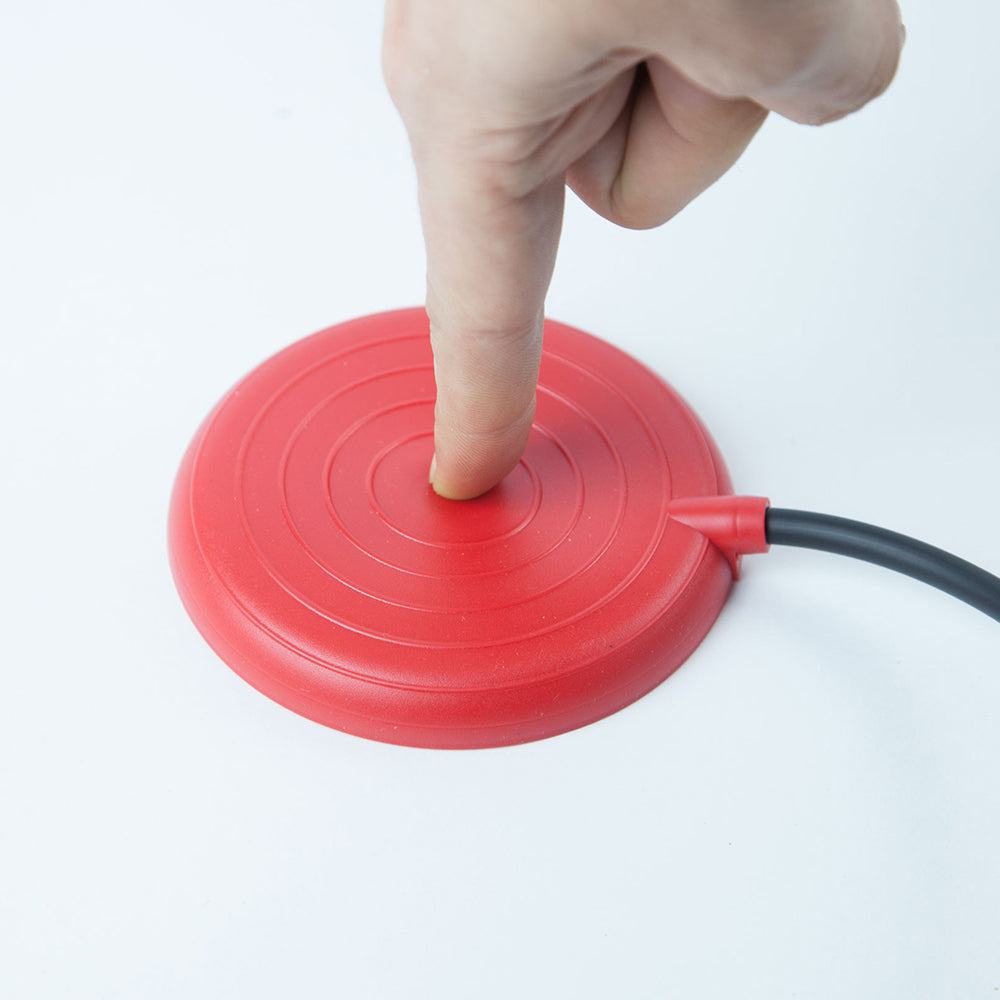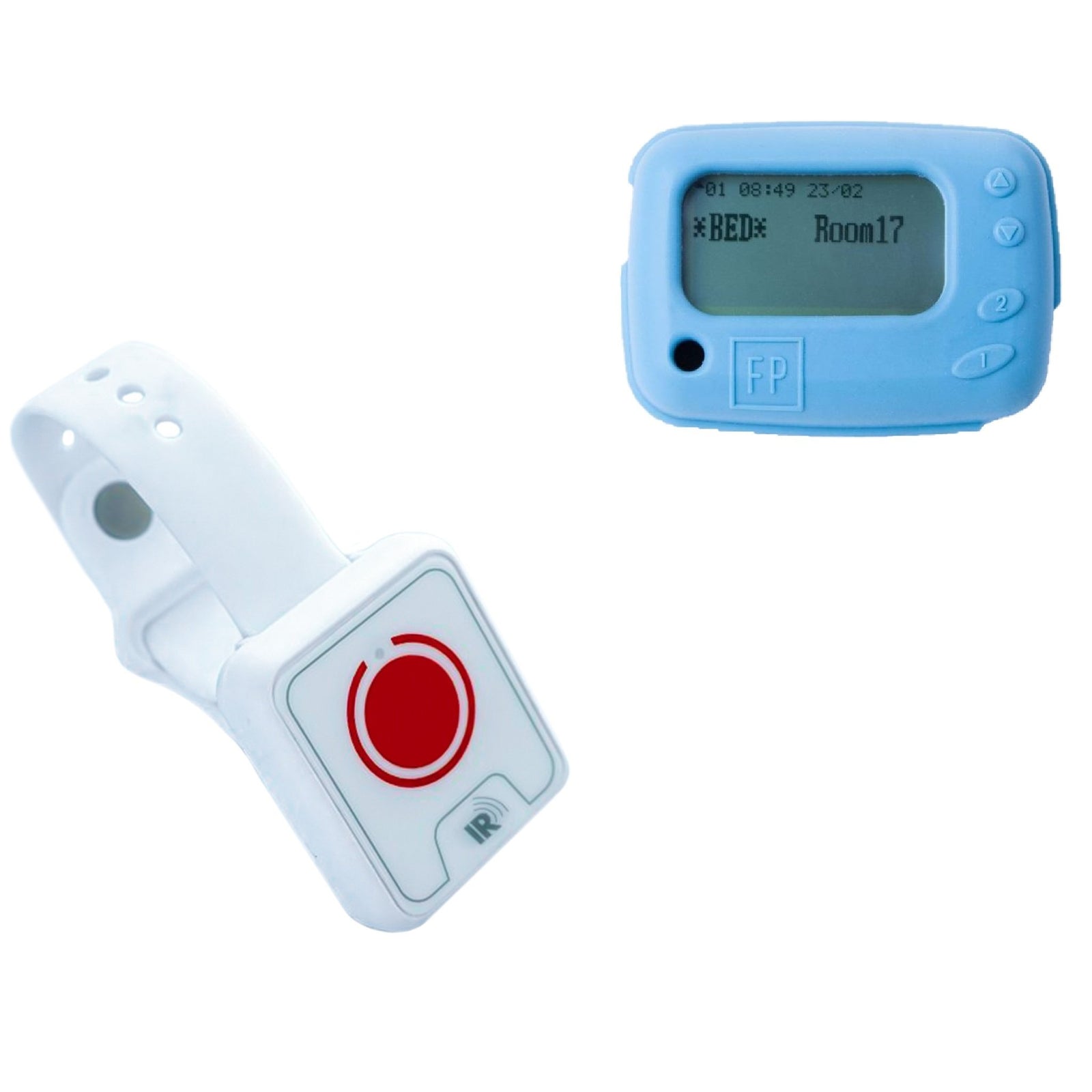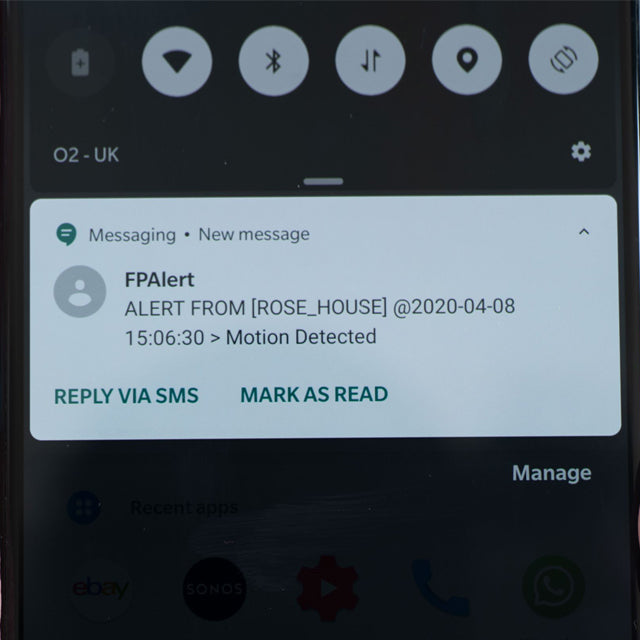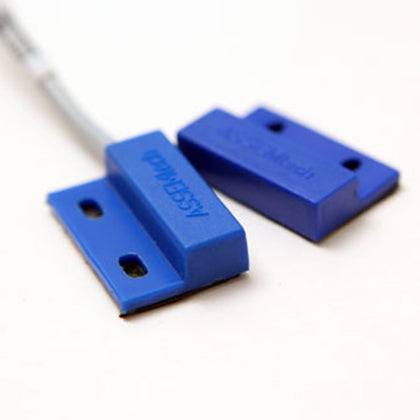Caring for an elderly person—especially someone living with dementia or another degenerative cognitive condition—presents unique challenges. Memory loss, disorientation, and wandering are common, and ensuring safety without compromising dignity or comfort is essential. Motion sensors offer a discreet, effective solution for monitoring and protecting elderly individuals, whether at home or in a care facility.
These devices work by detecting movement within a designated area and sending alerts to caregivers or family members if unusual activity is detected. This can include wandering outside of safe zones, getting out of bed during the night, or entering restricted areas. The technology behind motion sensors has advanced significantly, incorporating features such as infrared technology to accurately sense human movement while minimising false alarms caused by pets or environmental factors.
Motion sensors for elderly care come in various forms, including wireless bed alert mats placed under the mattress, wireless chair alert mats positioned on chair cushions, and discreet sensor mats that can be placed on floors. These devices often operate using radio frequency technology, allowing for a completely wireless setup that does not require an internet connection, which enhances reliability and ease of installation.
One of the key advantages of motion sensors is their silent in-room operation. Unlike cameras or audio monitoring devices, they do not record video or sound, thereby preserving the privacy and dignity of elderly relatives while still providing effective monitoring. This discreet home monitoring approach ensures that loved ones feel safe without feeling constantly watched.
Motion sensors can be integrated into a broader home monitoring system or monitoring service that includes personal alarms, key safes, and alert wall point receivers. Such systems provide comprehensive support by alerting emergency services or family members promptly when an alarm signal is triggered. This integration is particularly valuable for older people who live alone or have regular medication needs, as it helps monitor activity and well-being continuously.
The wireless range of these devices varies but is generally sufficient to cover typical home environments or care facilities. This range allows caregivers to monitor multiple rooms or zones effectively, ensuring that if the user leaves or returns to a safe zone, appropriate alerts are generated.
In addition to safety, motion sensors contribute to maintaining daily routines by detecting deviations from normal activity patterns, which can be an early warning sign of health issues or cognitive decline. They provide advanced warning to caregivers, enabling timely intervention and preventing accidents such as falls. Fall savers and pull cord alarms can complement motion sensors to enhance patient safety further.
Overall, motion sensors for elderly care provide an ideal solution for families and care providers seeking to provide support while respecting the independence and dignity of their loved ones. By combining key features such as discreet monitoring, wireless technology, and integration with emergency response systems, these devices offer peace of mind and improve the quality of life for elderly individuals and their carers alike.
Why Consider Motion Sensors?
-
Prevent Wandering and Isolation
Dementia frequently affects memory centres, making new memory formation difficult and leading to confusion about time, place, and people. This often causes a tendency to wander. Motion sensors can help monitor when someone leaves a room or even the home, enabling carers to intervene promptly. -
Secure Entrances without Intrusive Surveillance
Rather than stationing staff at every doorway or constantly restricting movement through locked doors, motion sensors can detect unauthorised exits—be it through back doors, basement entries, gardens, or other risky areas. This reduces risk while maintaining a sense of independence. -
Remote Monitoring While Preserving Comfort
Not all moments require direct supervision. Motion sensors allow carers to receive notifications (for example, when someone gets out of bed in the night or enters a hallway unsupervised). This lets staff or family respond as needed without making the patient feel watched or confined. -
Support for Sleepwalking or Night-time Movements
For elderly people who may sleepwalk or wander at night, motion sensors near exit points can provide early alerts. This helps prevent accidents, late-night wanderings, or injuries due to falls.
Practical Uses and Placement
Here are suggestions on how to use motion sensors effectively in real settings:
-
Main doors, side doors, garden exits: Detect potential exits or entries that the elderly person should not access unattended.
-
Bedrooms: Monitor movement during the night—such as when someone gets out of bed unexpectedly.
-
Hallways/landing areas: Know when someone is moving about unsupervised, especially if they are disoriented or prone to falls.
-
Restricted rooms (e.g. basement, utility areas): Prevent accidental access to dangerous zones.
When placing sensors, aim for positions that are out of the way but still able to reliably detect movement. Consider using wireless setups to avoid tripping hazards or complex wiring.
Maintaining Dignity and Minimising Intrusion
A key concern when introducing monitoring devices is protecting the dignity and autonomy of the elderly person. Here are strategies to keep the environment comfortable:
-
Balance safety with privacy: Use sensors rather than constant visual surveillance cameras, unless absolutely necessary. Sensors send alerts without recording or broadcasting video.
-
Inform and involve: Where possible, explain to the elderly person what the sensors are for, ensuring they feel part of the decision-making process.
-
Use alerts intelligently: Set up alerts in a way that they are meaningful—only notifying when something truly needs attention, avoiding false alarms or over-notification.
-
Regular review: Reassess sensor placement and alert settings periodically, as the patient’s condition or behaviour may change over time.
Choosing the Right Motion Sensors
Here are some features to look for when selecting motion sensors suited for elderly care:
-
Reliability and Sensitivity – Sensors must detect movement accurately and avoid false positives (e.g. pet movement, curtains).
-
Alert Mechanisms – Options might include mobile alerts, local alarms, or integration with caregiver call systems.
-
Power Source and Maintenance – Battery-powered vs mains-powered; choosing devices with long battery life or easy charging helps reduce maintenance load.
-
Ease of Installation – Wireless, non-invasive, minimal wiring is preferable.
-
Durability and Safety – Proper materials for indoor use; devices should be sturdy and safe.
Conclusion
Motion sensors offer an important tool for those caring for elderly people, particularly those with dementia or at risk of wandering. They provide safety, early alerts, and peace of mind without creating an oppressive atmosphere. By placing sensors in key locations, using reliable devices, and respecting privacy and dignity, carers can create a safer, more comfortable living environment.
To explore a range of these devices and learn more about their capabilities, feel free to peruse specialist care alert product lines. When done well, motion sensors aren’t just about monitoring—they’re about enabling better living for ageing individuals with compassion and respect.
Frequently Asked Questions
Are motion sensors intrusive for elderly patients?
No. Unlike cameras, motion sensors do not record or display video. They only detect movement and send an alert, which makes them less intrusive while still ensuring safety.
Can motion sensors help prevent falls?
Yes. Motion sensors can alert carers when an elderly person gets out of bed or starts moving around at night. This allows carers to respond quickly, reducing the risk of falls.
Do motion sensors work with existing care alarm systems?
Many modern motion sensors can integrate with nurse call systems, pagers, or mobile apps, making them adaptable to different care environments.
Where should I place motion sensors in a home or care facility?
Ideal locations include main exits, bedrooms, hallways, and restricted areas. Placement depends on the individual’s routines and risks.
Do motion sensors require Wi-Fi or internet to work?
Not always. Some sensors operate on wireless frequencies and send alerts directly to receivers or pagers without needing internet connectivity.
How often do the batteries need changing?
This depends on the device. Many motion sensors offer long battery life (often several months) and will notify when batteries are running low.
Can motion sensors give false alarms?
High-quality motion sensors are designed to minimise false alerts. Choosing reliable models and installing them correctly reduces issues caused by pets, airflow, or shadows.











